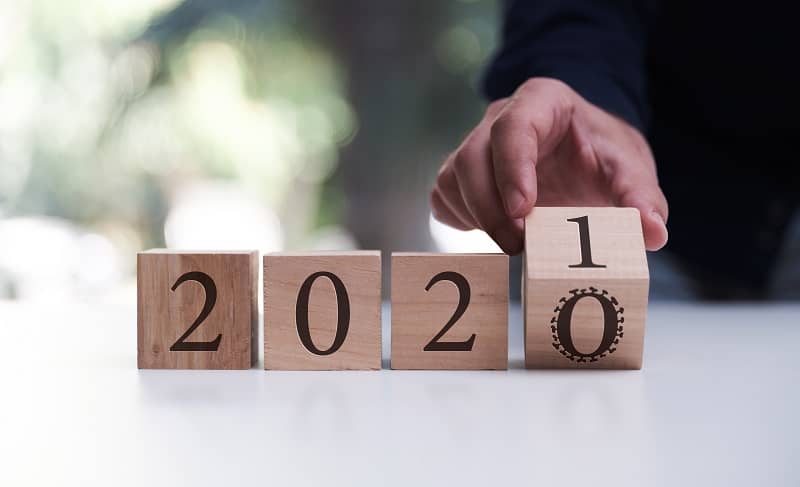Summary
Low-income Americans hear two contradictory messages: “Save” and “Don’t Save.” Converting some defined-benefit entitlements to asset accounts owned by individuals could include the poor in the trend toward asset ownership illustrated by the rise of IRAs and Health Savings Accounts.
Word count: 808
Low-income Americans hear two contradictory messages from government and “anti-poverty” organizations: “Save” and “Don’t Save.”
“Save” is the message from economists and many policymakers. They stress the importance of enabling low-income individuals to save and build wealth through work and personal responsibility, with help from government programs. Work and savings leads to the growth of personal assets, and assets are critical to long-term financial stability.
Michael Sherraden, one of the foremost American proponents of asset-based policies for the poor, commented in 2003 that the 21st century welfare state is in the midst of a transformation. Government handouts for consumption-related expenses should no longer be considered the “answer to reduce poverty.”
Sherraden pioneered the concept of Individual Development Accounts (IDAs). Introduced more than a decade ago, IDAs are intended to encourage low-income Americans to save for constructive expenses like education, a first home or a car with which to be mobile enough to reach a higher-paying job. The goal of the IDA is to create a buffer against hardship and to promote both individual economic development and macroeconomic stability.
Sherraden considered asset-based policy proposals to be complementary to traditional welfare programs, not a replacement. Unfortunately, he failed to realize that in practice income-maintenance programs like welfare and asset-based policies like IDAs would conflict more than they would complement each other.
While the asset-building IDA movement says, “Save,” the message from many government programs is, “Don’t save.” The existing array of public assistance aimed at low-income individuals (Temporary Assistance for Needy Families-TANF, food stamps, Medicaid, etc.) all say quite clearly, “Don’t save,” because eligibility for these “anti-poverty” programs involves limits on personal assets. Moreover, recipients are encouraged to spend out the monthly benefits, in order to avoid having the benefit levels cut back.
A growing body of evidence suggests that asset limits for welfare programs discourage low-income families from saving. Many low-income individuals avoid any kind of transaction with formal banking institutions, partly out of fear that owning a bank account would jeopardize their eligibility for public assistance. These government programs were originally conceived as short-term solutions to help struggling families and individuals, so they were not designed to facilitate long-term financial planning and independence.
Federal spending to assist low-income individuals is largely through programs like TANF, food stamps and housing assistance, programs unlikely to promote economic mobility and sometimes even inhibiting it, especially when it comes to intergenerational mobility.
These programs are consumption-oriented and essentially use-it-or-lose-it benefits. People using these programs have no incentive either to save or to leave the programs.
A recent New America Foundation publication entitled The Assets Agenda (2008) has tried to resolve this conflict between saving and not saving by suggesting reform of asset limits in all public assistance programs. It considers raising the asset limits in TANF and excluding certain asset holdings altogether, such as savings for retirement, automobile ownership and Earned Income Tax Credit (EITC) refunds.
But, is changing the asset limit for public assistance eligibility a permanent solution to avoid the conflict between saving and spending? Not really.
The American social policy landscape changed with the arrival of asset-based policies like Individual Retirement Accounts (IRAs), Health Savings Accounts (HSAs) and Individual Development Accounts (IDAs). These savings instruments are likely to continue to grow in popularity, possibly replacing New Deal-era social insurance programs (like Social Security and Unemployment Insurance) as the dominant form of 21st century social policy.
There is also a strong possibility that different types of asset accounts may be integrated into a single and flexible policy system of asset holdings belonging to individuals. For instance, each person might have a single account from birth with funds accumulating for education, homeownership, life and health insurance, some aspects of health care and retirement. In the United States, it seems likely that existing individual asset accounts (IRAs, HSAs, 401(k)s, Educational Savings Accounts, IDAs, etc.) might merge into one comprehensive system.
The challenge here is including the poor and the unbanked in this evolving system. If we stay on the present route, the poor will continue to be both excluded and confused because of the coexistence of two opposite policy paradigms (saving and asset building versus “consuming and spending”). They will not fully participate in or utilize these promising asset-based policy proposals.
To include the poor we not only need to educate the public about asset-based policies and their advantages, but also to gradually convert existing welfare programs to asset-based programs. This could be done in TANF, Unemployment Insurance, Social Security and even public education – programs that collectively cost trillions of dollars without creating any direct assets for the recipients. This conversion would permanently resolve the savings conflict and would be a prudent public investment because it would increase the capabilities, engagement and productivity of all people and remove the work- and saving-related disincentives associated with the traditional welfare system in America.
Attention editors and producers:
Cascade Commentaries are provided for reprint in newspapers and other publications, with credit given to author(s) and Cascade. Contact Cascade to arrange print or broadcast interviews on this commentary topic.
Electronic text files are available online at www.cascadepolicy.org.
Please contact:
Nancy Wheaton
Cascade Policy Institute
4850 SW Scholls Ferry Rd.
Suite 103
Portland, Oregon 97225
Phone: (503) 242-0900
Fax: (503) 242-3822
www.cascadepolicy.org
[email protected]
Cascade Policy Institute is a tax-exempt educational organization as defined under IRS code 501(c)(3). Nothing appearing in this Cascade Commentary is to be construed as necessarily representing the views of Cascade or its donors, or as an attempt to aid or hinder the passage of any bill before any legislative body. The views expressed herein are the author’s own.











